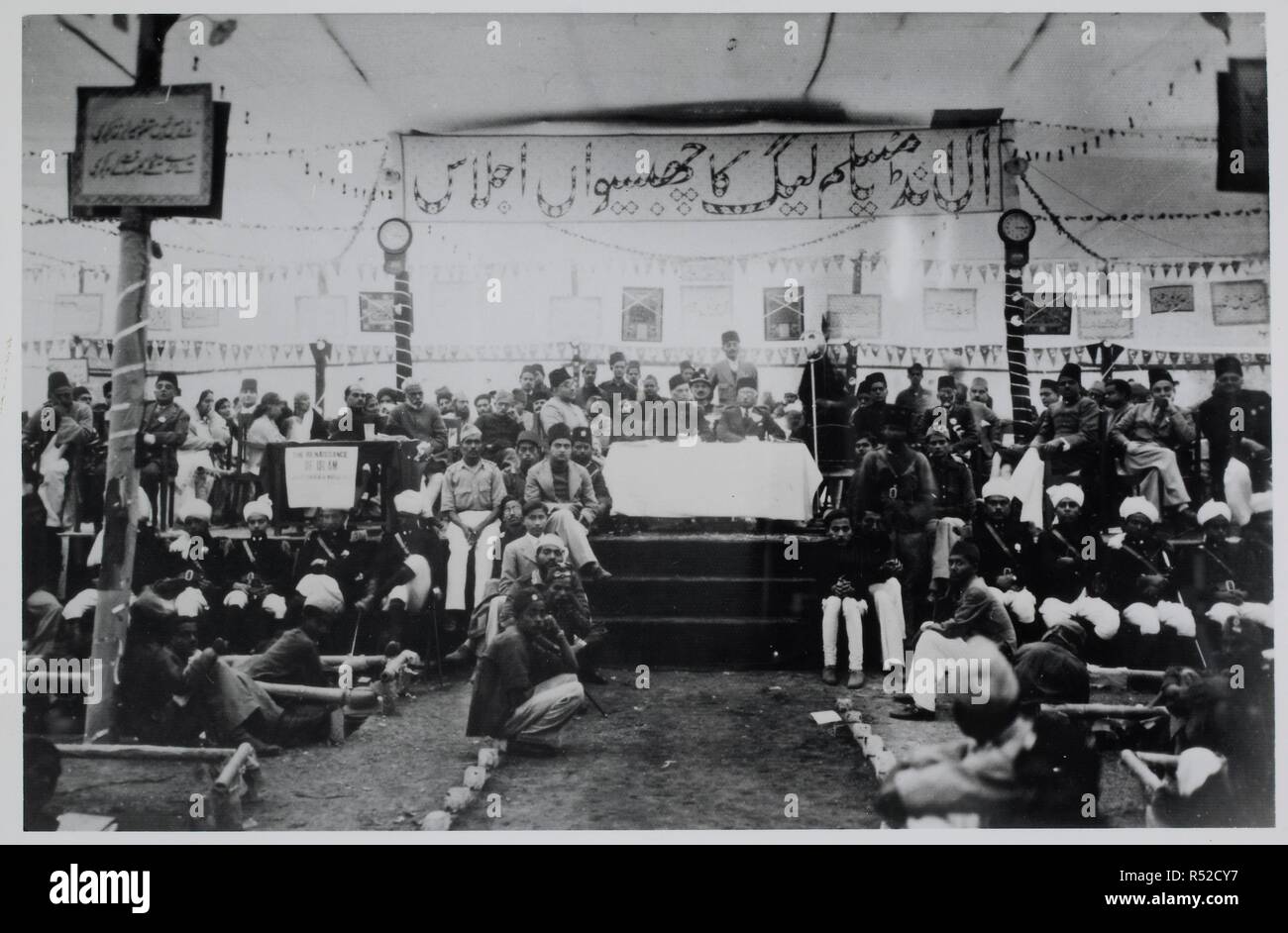

“Restoration of a Double-Sided Paper Miniature Painting.” Restoration of Indian Art: some case studies, vol. 1 Lucknow, India: INTACH Conservation Center, 1988. “Restoration of Three Miniature Paintings with a Problem of Colour Change.” Restoration of Indian Art: some case studies, vol. 87-90.Īgrawal, Om Prakash and Usha Agrawal. Rome: International Centre for Conservation, 1972. “Problems of Preservation of Indian Miniatures.” Conservation in the Tropics: Proceedings of the Asia-Pacific Seminar on Conservation of Cultural Property, Feb.

“Preservation of Miniature Paintings.” Marg XLIV, No. Melbourne: National Gallery of Victoria, 1982. “Care and Conservation of Palm-Leaf and Paper Illustrated Manuscripts.” Palm-leaf and Paper: Illustrated Manuscripts of India and Southeast Asia. “Paper Manuscripts and Paintings.” Conservation of Manuscripts and Paintings of South-east Asia. London: Al-Furqan Islamic Heritage Foundation, 1995, 77-91Īgrawal, Om Prakash. “The Use of Paper in Islamic Manuscripts as Documented in Classical Persian Texts.” The Codicology of Islamic Manuscripts: Proceedings of the Second Conference of Al-Furqan Islamic Heritage Foundation, 1993. 67-75.Īdle, Chahryar, “Recherche sur le module et le trace correcteur dans la miniature orientale.” Le monde iranien et l’islam: societes et cultures 3 Paris: Societe d’Histoire de l’Orient, 1975. “Repetition of Compositons in Manuscripts: The Khamsa of Nizami in Leningrad.” Timurid Art and Culture: Iran and Central Asia in the Fifteenth Century. “A Ninth-Century Fragment of the “Thousand Nights”: New Light on the Early History of the Arabian Nights.” Journal of Near Eastern Studies 8, no.
#LIBRARY INDIA ISLAMIC ALBUM FULL#
Full citations should be sent to: When referring to this bibliography, the citation should include the name of Paul Hepworth, principal compiler, and the name of this website:Ībbott, Nabia. Contributions in these and other languages are most welcome. The bibliography includes citations in languages familiar to the compiler: English, French, German and Turkish.

Although this role envisioned for the conservator can overlap with that of the art historian, codicologist or palaeographer, many areas of these domains are not included in the bibliography, for example questions of style or authorship.

In short, anything relating to the material nature of the manuscripts falls under the purview of this bibliography. In order to most effectively treat Islamic manuscripts and contribute to their study, such a person should have knowledge of all the materials used in the construction of the manuscripts, how these books were planned, laid out, marked, put together and, later, often changed or repaired. It assumes the widest possible role for a conservator. This bibliography represents a start at creating a comprehensive bibliographic resource on the material structure of Islamic manuscripts and their conservation. Bibliographies Bibliography on Islamic Papers, Book Structures, Pigments and their Conservation


 0 kommentar(er)
0 kommentar(er)
